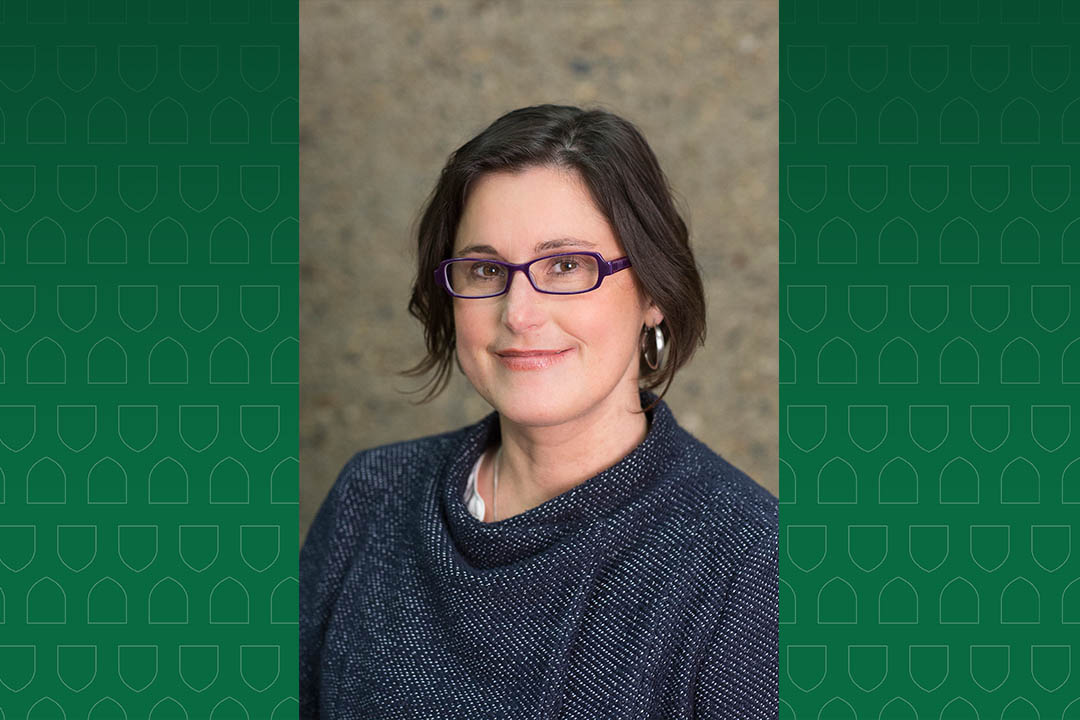
USask research informing decision on national school food program
SASKATOON – As you fret over lunches to send with your child to school, consider that Canada is the only G-7 nation—and one of only a few countries in the Organization for Economic Co-operation and Development (OECD)—that do not have a nationally harmonized school food program.
University of Saskatchewan (USask) researcher Dr. Rachel Engler-Stringer (PhD) aims to change that by partnering with an array of community agencies and multidisciplinary academics to inform federal decision-making on a nationally harmonized program.
The federal government’s announcement in 2019 of its intention to work with provinces and territories on implementing a national program did not come with a financial commitment, but it was the first foray by Ottawa into this policy arena since the Second World War era.
“All children, regardless of their background, spend a large portion of their waking hours at school—an ideal setting to improve dietary quality and reduce health inequities,” said Engler-Stringer, professor in Community Health and Epidemiology at USask’s College of Medicine and a convenor of the Canadian Association for Food Studies’ School Food Working Group.
Her group has been awarded $275,000 by the Canadian Institutes for Health Research (CIHR) to do case studies on an array of ad hoc programs in place in schools and school divisions across Canada. This work will be supplemented by reviews of promising international models whose best practices can be adapted to suit Canada’s culturally diverse communities.
Existing research has mainly focused on nutrition intake, nutrition education, and better student performance linked to food programs, Engler-Stringer said, but little in-depth work has been done on how food programs operate.
Her team includes 12 multidisciplinary academics from early career to senior investigators who are members of the School Food Working Group. They are collaborating with members of the Coalition for Healthy School Food group, which has more than 180 members across every province and territory.
They will compare and contrast models in various locations, such as for-profit, non-profit, or student-led catering, subsidized or free models, models that vary in their sources of food, multi-component programs, and food programs targeted to specific populations.
Although the CIHR-funded harmonized national food program research is distinct from Engler-Stringer’s other school food program projects, the information gleaned from these is essential to informing the national project.
Latest among these is a two-year project awarded $850,000 by the Public Health Agency of Canada (PHAC) to develop and test school food programs at three Saskatoon schools with a high Indigenous student population, and nine northern Saskatchewan reserve communities.
In partnership with the Meadow Lake Tribal Council, Canadian Feed the Children, Saskatoon Public Schools, and CHEP Good Food Inc, Engler-Stringer and her USask team will support implementing community co-designed projects to suit the needs at each school in the first year and then test these models in the second year.
In some rural communities, the program might include a land-based component such as fishing, hunting, and trapping, and bringing these foods into the school food program, while in urban schools it could be gardening and trips to experience wild food gathering, said Engler-Stringer.
“We’re still trying to figure out what that’s going to look like, especially with incorporating traditional foods into school food programs in an urban context.”
Even within Indigenous community schools, there is a wide variation in terms of what they wish to incorporate into a program, she said, with some northern communities even looking at attaching to the local school technology such as Growcer units—shipping containers converted to year-round greenhouses—as part of their program.
“I expect developing a national school food program for Canada will be an incremental process,” Engler-Stringer said. “I believe the best place to start would be with Indigenous communities, which are under-resourced, but frankly have some of the most innovative programs I have seen across Canada.”
-30-
For media inquiries, contact:
Victoria Dinh
USask Media Relations
306-966-5487
victoria.dinh@usask.ca

